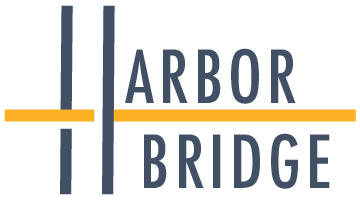Motivating Through Purpose
In a world where organizational growth is often measured in data and deliverables, there exists a more profound and compelling source of motivation that drives teams towards excellence: purpose. While traditional incentives like salaries and bonuses are necessary, they often fall short of inspiring long-term engagement and fulfillment among employees. When communicated effectively and integrated into organizational culture, purpose becomes a driver of lasting motivation and organizational success.
Understanding the Purpose
As leaders, we need to have a clear sense of both the organization’s purpose and how our team members’ individual contributions impact the greater good. If we don’t understand the positive impact of their work, we lose the opportunity to use this powerful motivational tool. Understanding the “Why” is only one side of the coin. In order to effectively use purpose as a source of motivation, we must communicate it frequently and genuinely.
Communicating the Purpose
Leaders often fall into the trap of discussing purpose only during onboarding or in times of crisis. Instead, it must be a constant presence, reinforcing the idea that the work being done is inherently valuable and meaningful. Regularly revisiting and discussing the 'why' behind the work ensures that purpose remains front and center, guiding decisions and inspiring action consistently, not just when motivation seems to wane. For example, instead of simply tasking a team with increasing sales, share how their efforts improve customer satisfaction or contribute to innovations that make the world a better place.
Connecting the Dots
Each team member's daily tasks, no matter how mundane they may seem, are integral to the success of the organization. Oftentimes, individuals get lost in the minutia of their work and become overwhelmed or bored. Leaders can be proactive by taking the time to connect these tasks to the broader purpose, demonstrating how every effort contributes to meaningful outcomes. This approach transforms routine work and daily activities with a sense of importance and fulfillment.
One of my favorite stories that illustrates this is how in the nurse’s staff room in the NICU department at my local hospital displays pictures of healthy children who were previous patients. The constant presence of the long-lasting impact of their challenging and emotionally taxing work, provides the hospital staff with a powerful source of daily motivation that is more impactful than simply having the hospital mission statement on the wall.
Beyond the Big Picture
In addition to connecting an individual’s work to a larger purpose, we must also help individuals recognize its significance on a more personal level. Understanding the impact of their efforts on their peers and immediate community can hold equal, if not greater significance. Emphasizing the direct, tangible effects on those around them can serve as a powerful motivational force.
For example, a security guard’s job responsibility might be to prevent product theft, but if you communicate that their presence also helps the staff feel safe, it brings a sense of purpose that can be motivating. Making the impact of their work feel real and personal helps them see the impact of their work in real-time and in a way that is meaningful to them.
Making it Matter
By making the 'why' a central part of your culture, you not only enhance employee engagement and satisfaction but also foster a sense of community and commitment that can drive your organization to new heights. Remember, the goal is to ensure that every employee feels connected to a purpose that is larger than themselves. Cultivating a workplace where purpose pervades every aspect ensures that motivation is sustained not just through immediate rewards but through a deep, shared commitment to making a meaningful difference.
Interested in transforming your organizational culture to one that is deeply motivated by purpose? Set up a Discovery Call to to explore how Harborbridge can support you and your organization in building a more motivated, fulfilled, and high-performing workforce.
